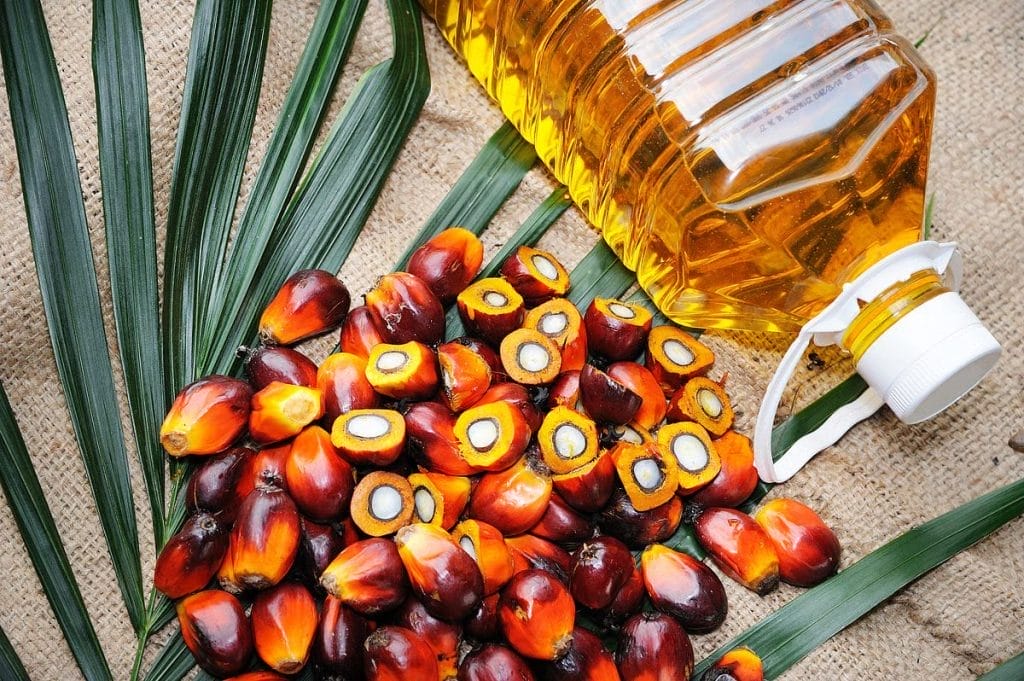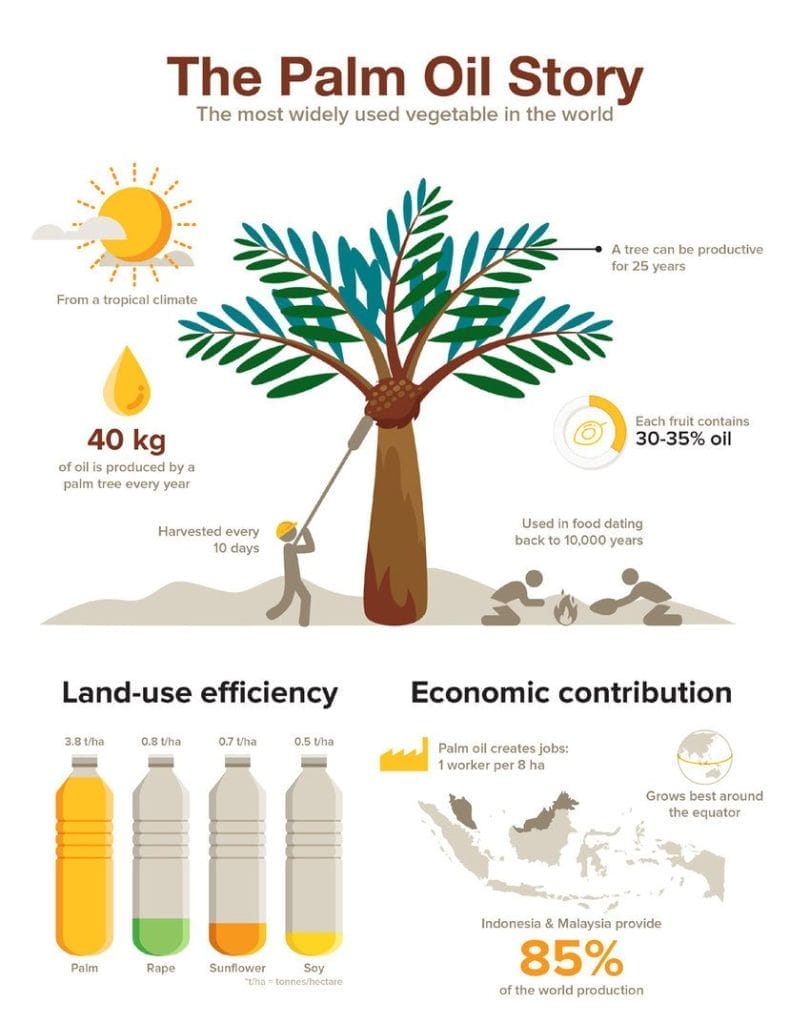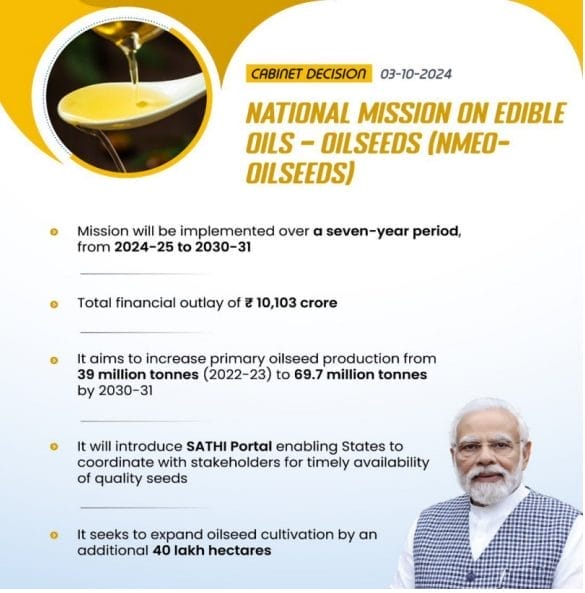
Why in news:
Palm oil exports from Malaysia and Indonesia—which together account for 85% of the world’s crude palm oil supply—are projected to fall by up to 20% by 2030, raising alarm about future vegetable oil prices and global supply. The key cause is delayed replanting of ageing palm oil trees by smallholders who make up 40% of the plantation base.
UPSC CSE UPSC CSE Relevance:
UPSC CSE in prelims examination has focused on Balance of Payment(export and import). A case in point is a following PYQ.
UPSC PYQ 2021:
Q: With reference to ‘palm oil’, consider the following statements:
- The palm oil tree is native to Southeast Asia.
- The palm oil is a raw material for some industries producing lipstick and perfumes.
- The palm oil can be used to produce biodiesel.
Which of the statements given above are correct?
(a) 1 and 2 only
(b) 2 and 3 only
(c) 1 and 3 only
(d) 1, 2 and 3
UPSC PYQ 2018:
Q. Consider the following statements:
- The quantity of imported edible oils is more than the domestic production of edible oils in the last five years.
- The Government does not impose any customs duty on all the imported edible oils as a special case.
Which of the statements given above is/are correct?
(a) 1 only
(b) 2 only
(c) Both 1 and 2
(d) Neither 1 nor 2
About Palm Oil:

- India has emerged as Malaysia’s largest importer of germinated oil palm seeds, with demand surging as the country accelerates efforts to boost domestic palm oil production and reduce import dependency.
- India imported 3.03 million tonnes of palm oil from Malaysia in 2024, representing 17.9% of Malaysia’s total palm oil exports and making it the top destination for Malaysian palm oil.

- Leading exporters of Palm Oil were Indonesia ($24.8B), Malaysia ($14B), and Netherlands ($1.12B).
- The top importers were India ($8.7B), China ($4.85B), and Pakistan ($2.86B).

Growing Conditions:
- Temperature is 21 to 32 degree Celsius.
- Annual rainfall – 200 cm and relative humidity – 75 – 100 %.
- Altitude – 450 -900 m above MSL.
- Soil: Moist deep, loamy soils, rich in humus with good water permeability are suitable.
Use of Palm Oil:

National Mission on Edible Oils-Oil Palm (NMEO-OP):
Target of National Mission on Edible Oils(NMEO-OP):
Around 9 MT of palm oil is imported every year to the tune of Rs. 40,000 crore which is around 56 % of the total imports of edible oil. At present against a total potential area of around 28 lakh hectares, only 3.70 lakh hectares is under oil palm cultivation.
The target fixed for Oil palm area expansion by 2025-26 under NMEO-Oil palm is given below:
- To increase area of oil palm to 10 lakh hectares from 3.5 lakh ha during 2019-20 by 2025-26 (additional 6.50 lakh ha) of which it is targeted 3.22 lakh hectares for general state and 3.28 lakh ha in North Eastern states with targeted FFBs production of 66.00 lakh tonnes.
- To increase in Crude Palm Oil production from 0.27 lakh tonnes during 2019-20 to 11.20 lakh tonnes by 2025-26.
- Increase consumer awareness to maintain consumption level of 19.00 kg/person/annum till 2025-26.


